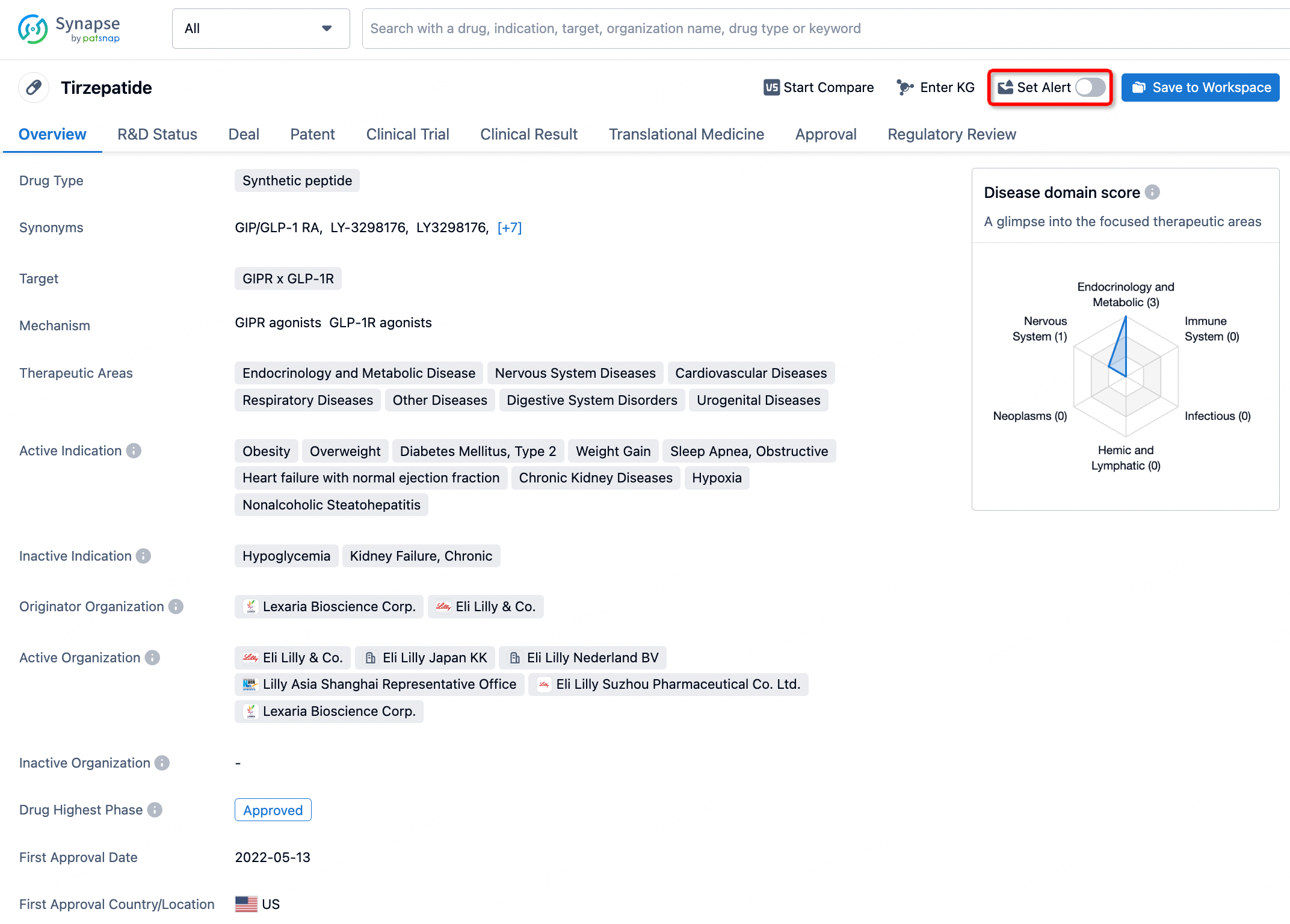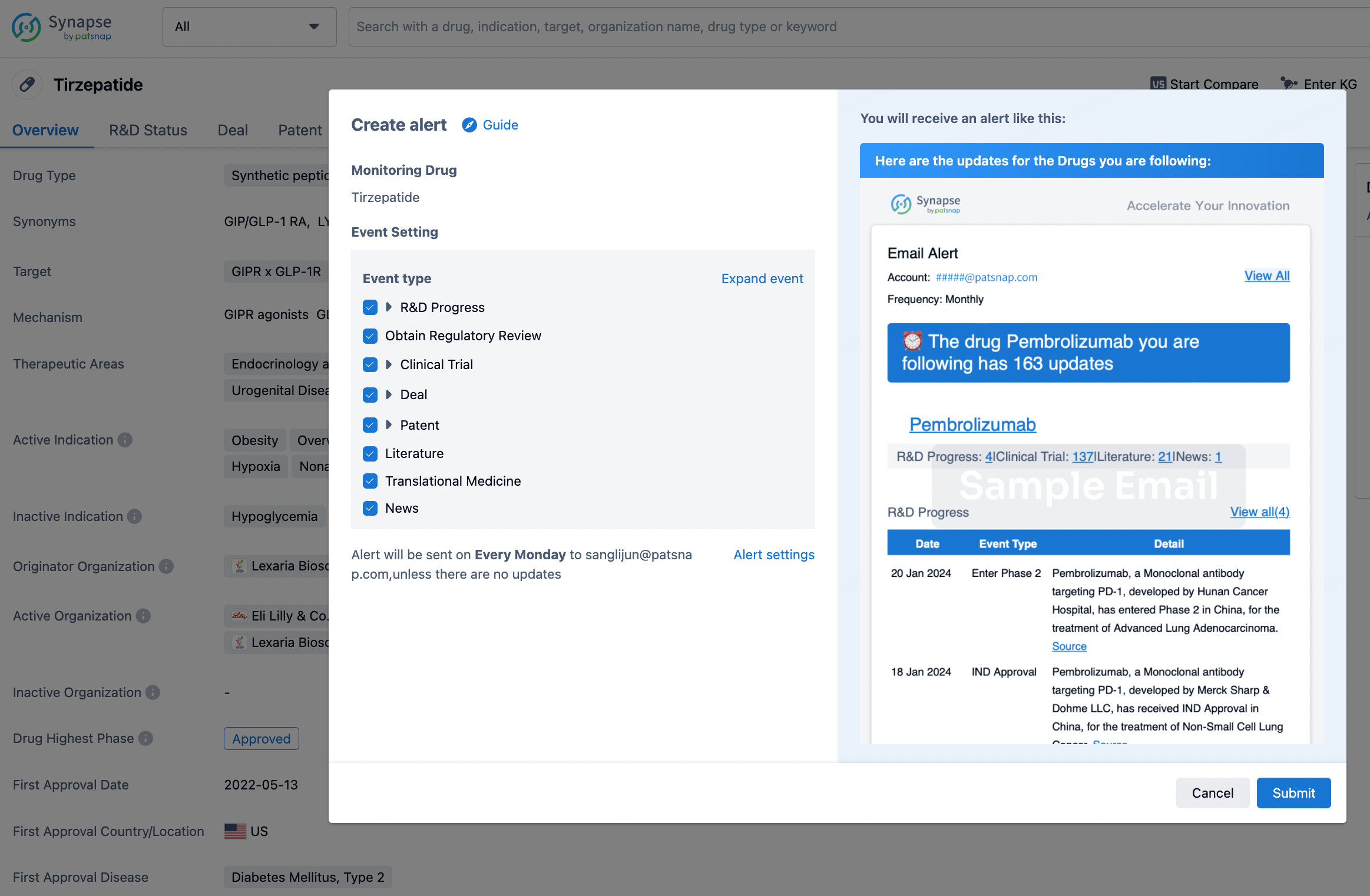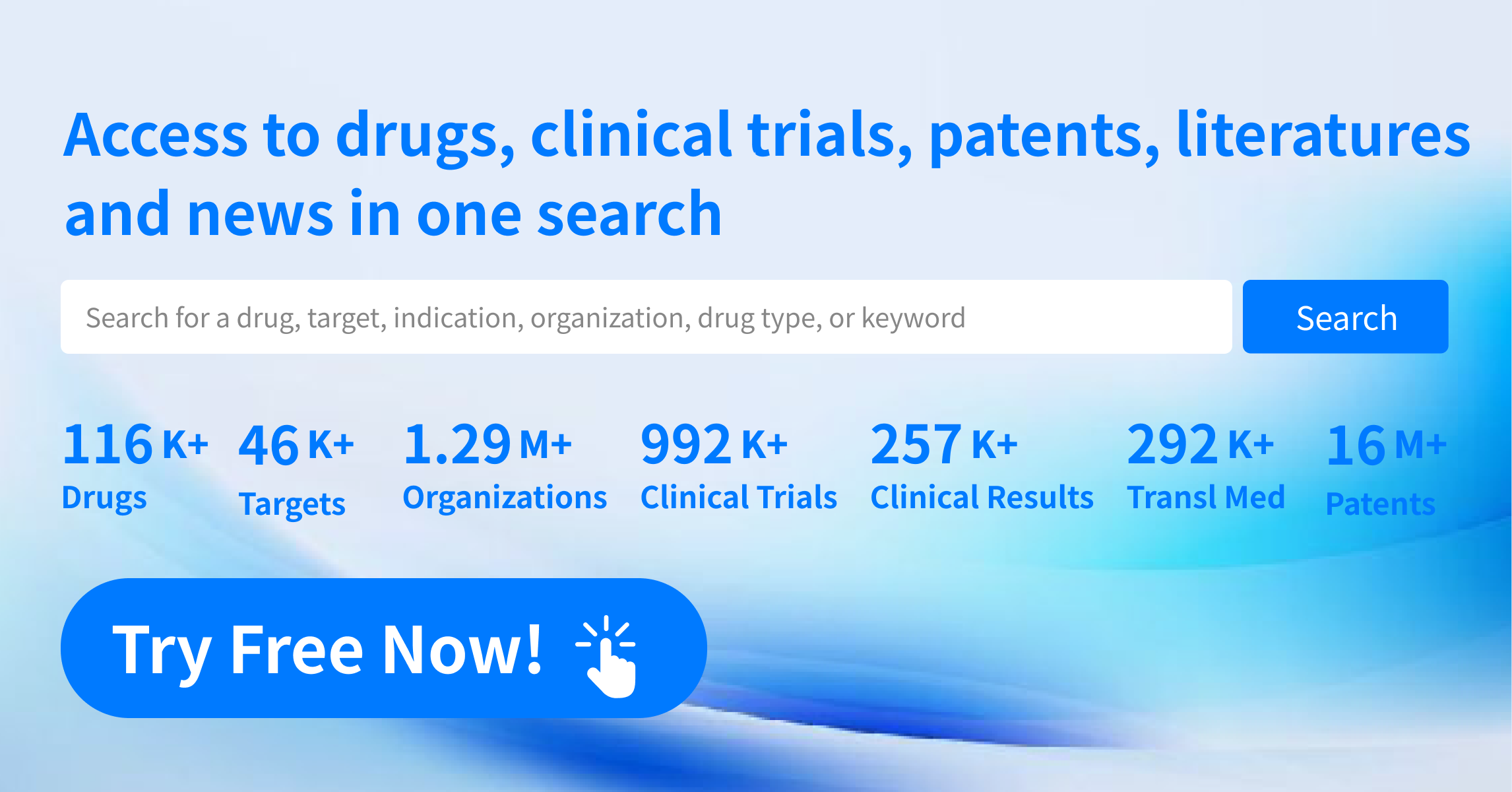Request Demo
What are the side effects of Niprisan?
12 July 2024
Niprisan is a well-regarded herbal medicine used primarily for the management of sickle cell anemia. As with any medication, understanding the potential side effects is crucial for both patients and healthcare providers. This article delves into the various side effects associated with Niprisan, providing a comprehensive overview based on current research and clinical observations.
Niprisan, also known as Nicosan or Hemoxin, is derived from traditional African plant sources. It has shown promise in reducing the frequency of painful crises in patients with sickle cell disease. However, like any therapeutic agent, it is not without its side effects. The following are some of the documented side effects of Niprisan:
1. **Gastrointestinal Issues**: Some patients have reported experiencing gastrointestinal disturbances while taking Niprisan. These may include nausea, vomiting, diarrhea, or stomach cramps. These symptoms can vary in severity and often depend on the individual’s sensitivity to the medication.
2. **Allergic Reactions**: Allergic reactions to Niprisan can occur, although they are relatively rare. Symptoms of an allergic reaction may include rash, itching, swelling, dizziness, and difficulty breathing. If any of these symptoms occur, it is crucial to seek medical attention immediately.
3. **Headaches**: Some individuals taking Niprisan have reported experiencing headaches. These can range from mild to severe and may occur sporadically. Maintaining adequate hydration and managing stress can sometimes help mitigate headache symptoms.
4. **Fatigue**: Fatigue is another side effect that has been observed in some patients using Niprisan. This feeling of tiredness or lack of energy can interfere with daily activities. It's important for patients to monitor their energy levels and consult their healthcare provider if fatigue becomes debilitating.
5. **Dizziness**: Dizziness or lightheadedness can occur in some individuals taking Niprisan. This side effect may be more pronounced when standing up quickly or after physical exertion. Patients are advised to move slowly from sitting to standing positions and to stay hydrated.
6. **Liver Function Alterations**: There have been some reports suggesting that Niprisan may affect liver function. Regular monitoring of liver enzymes through blood tests is recommended for patients on long-term Niprisan therapy to ensure that liver function remains within normal limits.
7. **Kidney Function Changes**: Similar to liver function, there is a potential for Niprisan to impact kidney function. Patients should have their kidney function monitored periodically to detect any early signs of renal impairment.
8. **Interactions with Other Medications**: Niprisan may interact with other medications, potentially altering their effectiveness or increasing the risk of side effects. Patients should inform their healthcare provider about all the medications and supplements they are taking to avoid adverse interactions.
It is essential to note that while these side effects can occur, they do not affect every individual taking Niprisan. Many patients tolerate the medication well and experience significant benefits in managing sickle cell disease. However, patients should remain vigilant and report any new or worsening symptoms to their healthcare provider promptly.
In conclusion, while Niprisan offers hope for individuals with sickle cell anemia, being aware of its potential side effects ensures that any adverse reactions are promptly identified and managed. Ongoing communication with healthcare providers and regular monitoring are key components in the safe and effective use of Niprisan.
Niprisan, also known as Nicosan or Hemoxin, is derived from traditional African plant sources. It has shown promise in reducing the frequency of painful crises in patients with sickle cell disease. However, like any therapeutic agent, it is not without its side effects. The following are some of the documented side effects of Niprisan:
1. **Gastrointestinal Issues**: Some patients have reported experiencing gastrointestinal disturbances while taking Niprisan. These may include nausea, vomiting, diarrhea, or stomach cramps. These symptoms can vary in severity and often depend on the individual’s sensitivity to the medication.
2. **Allergic Reactions**: Allergic reactions to Niprisan can occur, although they are relatively rare. Symptoms of an allergic reaction may include rash, itching, swelling, dizziness, and difficulty breathing. If any of these symptoms occur, it is crucial to seek medical attention immediately.
3. **Headaches**: Some individuals taking Niprisan have reported experiencing headaches. These can range from mild to severe and may occur sporadically. Maintaining adequate hydration and managing stress can sometimes help mitigate headache symptoms.
4. **Fatigue**: Fatigue is another side effect that has been observed in some patients using Niprisan. This feeling of tiredness or lack of energy can interfere with daily activities. It's important for patients to monitor their energy levels and consult their healthcare provider if fatigue becomes debilitating.
5. **Dizziness**: Dizziness or lightheadedness can occur in some individuals taking Niprisan. This side effect may be more pronounced when standing up quickly or after physical exertion. Patients are advised to move slowly from sitting to standing positions and to stay hydrated.
6. **Liver Function Alterations**: There have been some reports suggesting that Niprisan may affect liver function. Regular monitoring of liver enzymes through blood tests is recommended for patients on long-term Niprisan therapy to ensure that liver function remains within normal limits.
7. **Kidney Function Changes**: Similar to liver function, there is a potential for Niprisan to impact kidney function. Patients should have their kidney function monitored periodically to detect any early signs of renal impairment.
8. **Interactions with Other Medications**: Niprisan may interact with other medications, potentially altering their effectiveness or increasing the risk of side effects. Patients should inform their healthcare provider about all the medications and supplements they are taking to avoid adverse interactions.
It is essential to note that while these side effects can occur, they do not affect every individual taking Niprisan. Many patients tolerate the medication well and experience significant benefits in managing sickle cell disease. However, patients should remain vigilant and report any new or worsening symptoms to their healthcare provider promptly.
In conclusion, while Niprisan offers hope for individuals with sickle cell anemia, being aware of its potential side effects ensures that any adverse reactions are promptly identified and managed. Ongoing communication with healthcare providers and regular monitoring are key components in the safe and effective use of Niprisan.
How to obtain the latest development progress of all drugs?
In the Synapse database, you can stay updated on the latest research and development advances of all drugs. This service is accessible anytime and anywhere, with updates available daily or weekly. Use the "Set Alert" function to stay informed. Click on the image below to embark on a brand new journey of drug discovery!
AI Agents Built for Biopharma Breakthroughs
Accelerate discovery. Empower decisions. Transform outcomes.
Get started for free today!
Accelerate Strategic R&D decision making with Synapse, PatSnap’s AI-powered Connected Innovation Intelligence Platform Built for Life Sciences Professionals.
Start your data trial now!
Synapse data is also accessible to external entities via APIs or data packages. Empower better decisions with the latest in pharmaceutical intelligence.


